With a fantastic mid blue hue and terrific mixing capabilities, it’s not tricky to see why Ultramarine is a hit with artists all in excess of the world. Today it’s an vital color for many, but it hasn’t normally been so quickly available. Extra important than gold, Genuine Ultramarine was as soon as the protect of only the richest patrons. Learn additional about the history of this popular color and how modern-day chemistry assisted Ultramarine to locate its way on to the palettes of artists’ today.
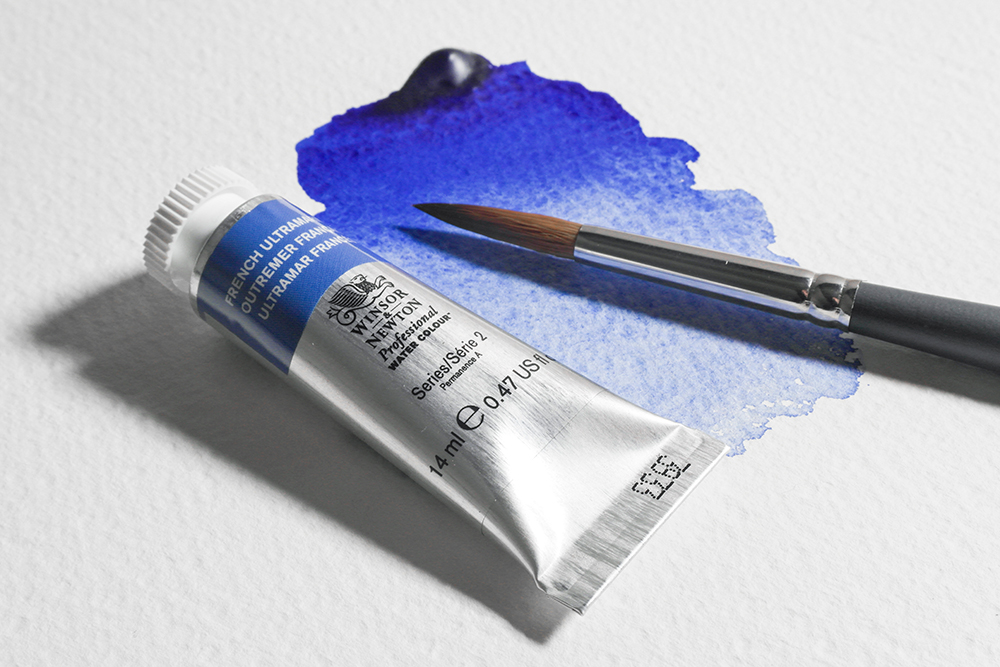
For many artists, Ultramarine is their to start with choice of blue – no matter of the medium they do the job in. It is a adaptable blue, giving excellent color in it’s have appropriate but displaying even extra variety in mixes. The name Ultramarine finds its roots in the Latin ‘ultra’ (this means outside of) and mare (this means sea). This etymology hints at the origins of a colour sourced over and above the sea and gives us a glimpse into the journey that Ultramarine after took to get to our palettes. There is no question that it was a color value going the extra mile for.
The Record of Legitimate Ultramarine and Lapis Lazuli
The origins of Ultramarine commence deep in the ground, with the semi-important mineral Lapis Lazuli. The most important part of Lapis is Lazurite, a mineral that gives it it’s destinctive blue colour. Before the 1800s this stone was the supply of Ultramarine pigment.
Lapis Lazuli has extended been prized for its rich color. In actuality, prior to its use as a pigment, it adorned ornamental objects, sculptures and jewelry. The earliest examples of Lapis pigment are in cave paintings in Bamiyan, Afghanistan courting again to the 6th and 7th Hundreds of years Advert. It is in Afghanistan that the journey of Ultramarine paint commences.
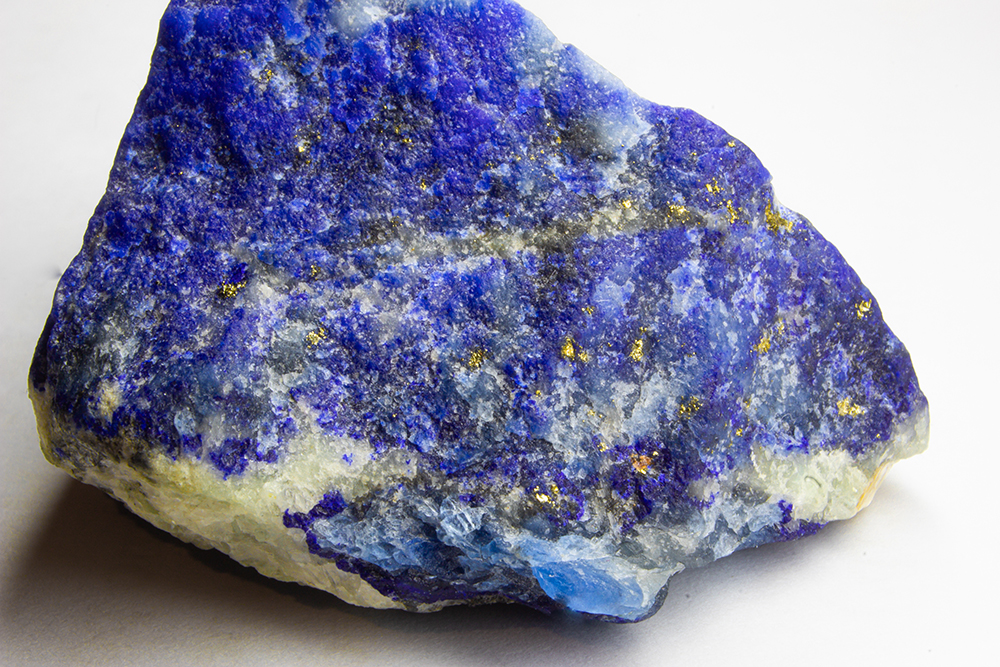
Donkeys and Camels when carried nuggets of Afghan Lapis together the Silk Road – then the world’s busiest and most influential trade route. From Syria, the stones made their way by ship to Venice. Artists from all over Europe knew that they could source the greatest Ultramarine from Venice. So from there its attractiveness distribute via the continent.
Earning Ultramarine Paint from Lapis Lazuli
Building Ultramarine pigment from Lapis was time consuming and highly-priced. Lapis is entire of impurities – it’s a tricky task extracting pure lazurite from these, and any residual impurities would give a disappointingly greyish pigment. The ground mineral is initial bound in resins, oils and waxes ahead of remaining heated to type a dough. This dough was kneaded then positioned in a lye remedy. In this option, blue flakes would separate, sink and dry – creating a fine blue powder. Employees would repeat this process numerous moments, with every single successive kneading drawing out any remaining color. The ultimate knead would extract a greyish, pallid pigment regarded as ‘Ultramarine Ashes’.
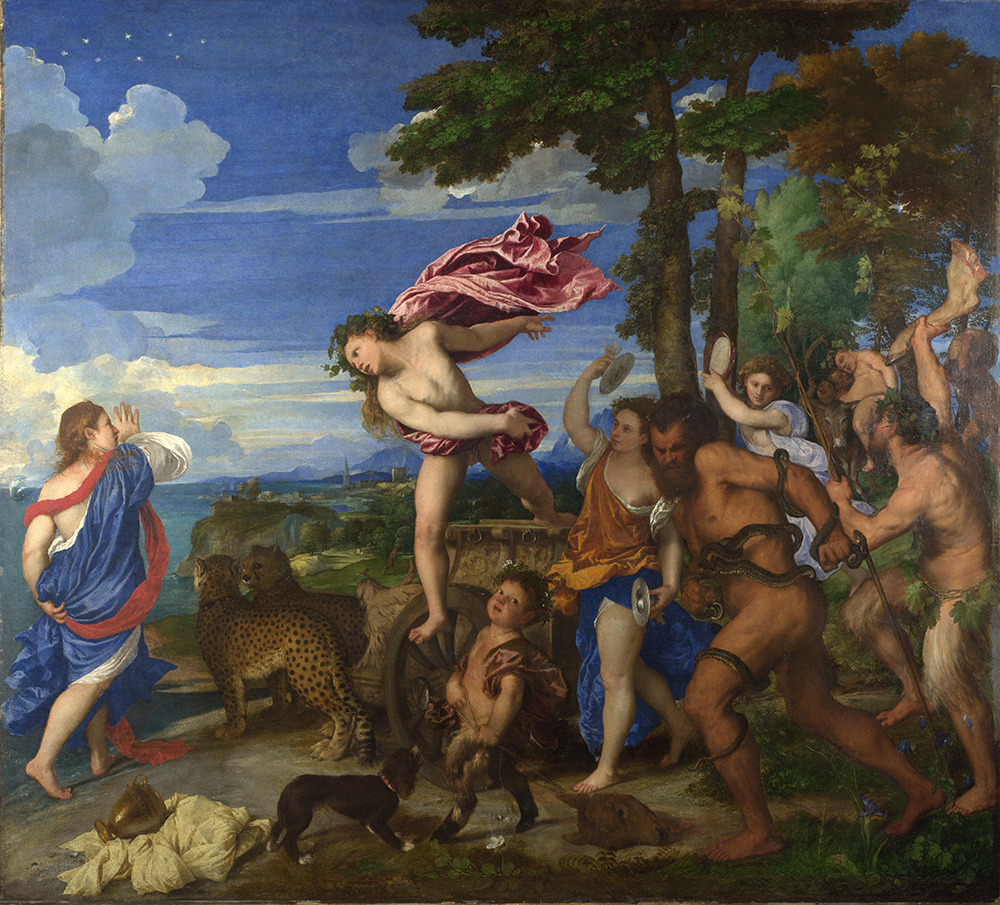
Ultramarine was as soon as much more pricey than gold owing to its lengthy and sophisticated output system and sourcing of uncooked elements. It’s superior price was reflected in its use – artists painted with it sparingly. From the 1400s it was widespread to see it as a glaze in spiritual paintings – especially over the robes of Virgin Mary to improve their color and symbolise her divinity. Not only was the color a nod to purity and divinity, it also turned a standing symbol for all those partrons wealthy plenty of to fee its use. In some cases patrons would buy the pigment by themselves, releasing it to the commissioned artist only as required. Artists would also bill visits to Venice separately on commissions, letting them to source the pigment. A person of the most noteworthy operates of art that use real Ultramarine is Titian’s ‘Bacchus and Ariadne’.
French Ultramarine – A Present day Synthetic Different
The Royal University of Artwork initiated the look for for a artificial Ultramarine and available a prize for the first formulation. A greater prize was issued by the French Govt and was gained in 1826 by French Chemist Jean-Baptiste Guimet – hence ‘French’ Ultramarine. His components involved clay, soda, charcoal, quartz, and sulphur and yielded a colour with the identical chemical composition and depth as authentic Ultramarine. With the introduction of a new, extra affordable Ultramarine, legitimate Lapis paint fell in acceptance. By the 1870s French Ultramarine was the typical Ultramarine Pigment.
In the piece underneath, Claude Monet utilized mixes of French Ultramarine and Cobalt Blue along with other colours in his palette to build a vast selection of blue-toned shades.
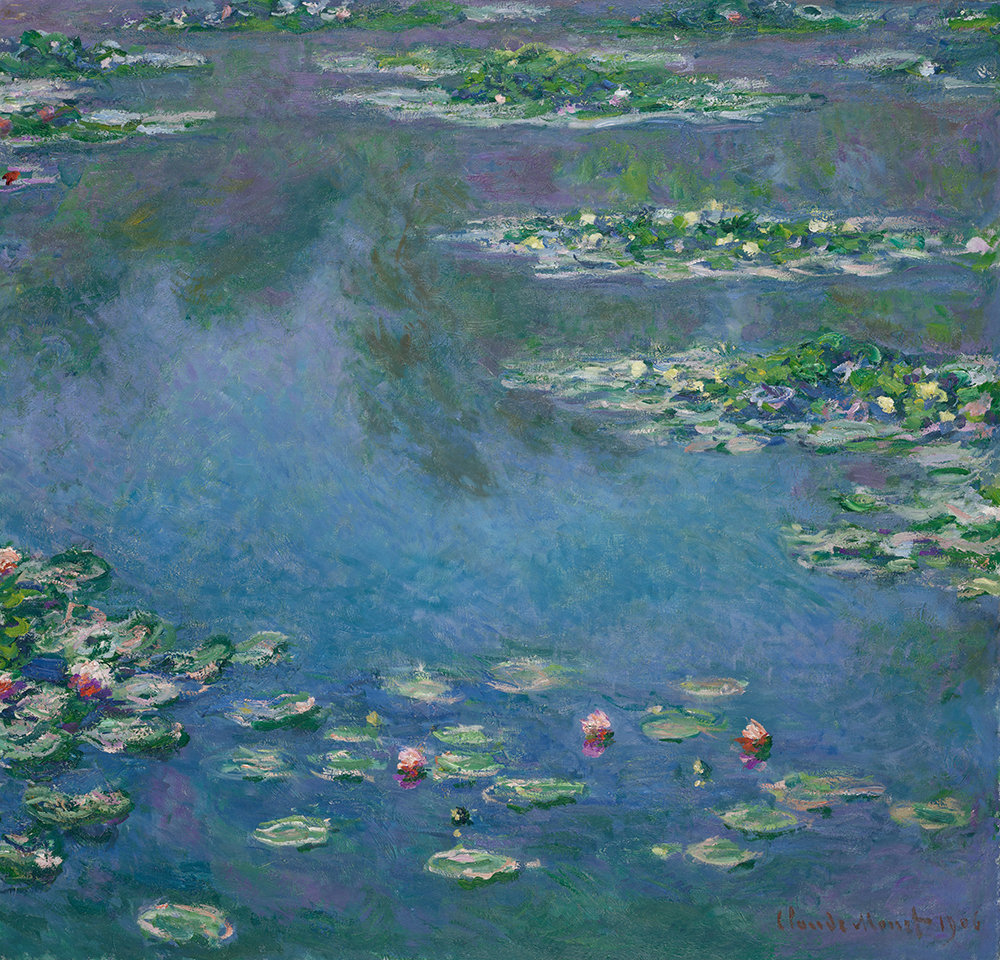
Some brands nonetheless make real Lapis Lazuli paint, with most sourcing the mineral from mines in Chile and China.
Functioning with French Ultramarine
French Ultramarine is a mid blue manufactured from a solitary pigment – PB29. Distinctive Ultramarines are offered from different brands, so you may arrive throughout Ultramarine Environmentally friendly Shade, Ultramarine Light, Deep and much more. However they all use the identical pigment. It usually has a heat, reddish hue, despite the fact that nearly anything described as ‘Green Shade’ will have a cooler tone. Although they are all created with the exact same pigment, the particle dimension of the pigment does a large amount to determine the heat and coolness of the colour. Bigger particles will translate to a warmer blue, even though lesser particles impart a cooler tone.
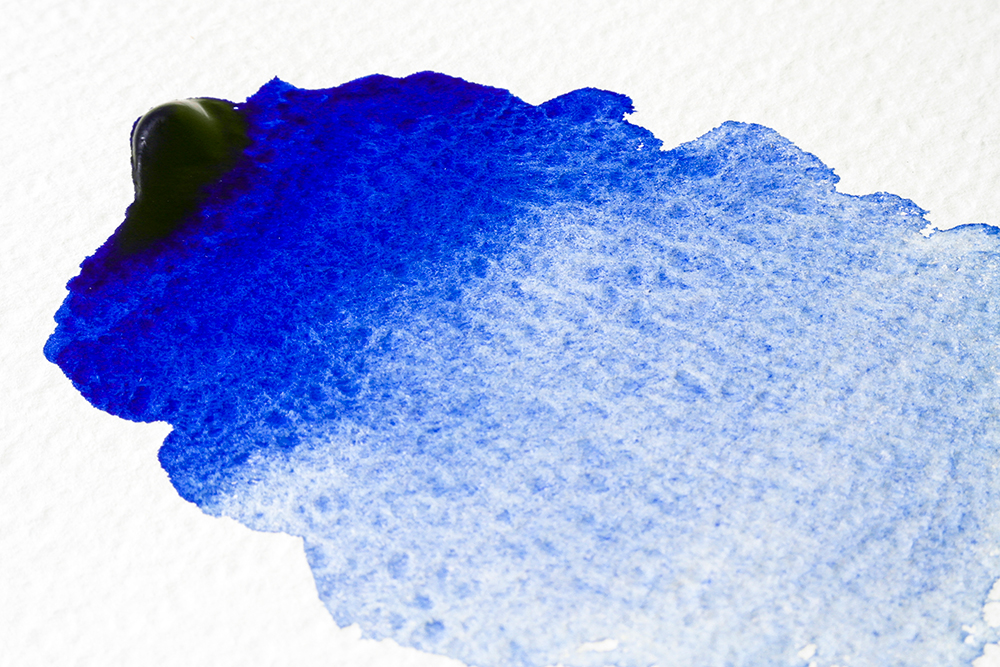
French Ultramarine has a attractiveness that spans mediums, with lots of artists choosing it as the key blue on their palette. In watercolour it has granulating homes and operates brilliantly as a mixing color. It is a excellent color for utilizing in constrained palettes, specifically if you are functioning with a key triad. Listed here we have utilised it to build a fundamental colour wheel with Opera Rose and Winsor Lemon.
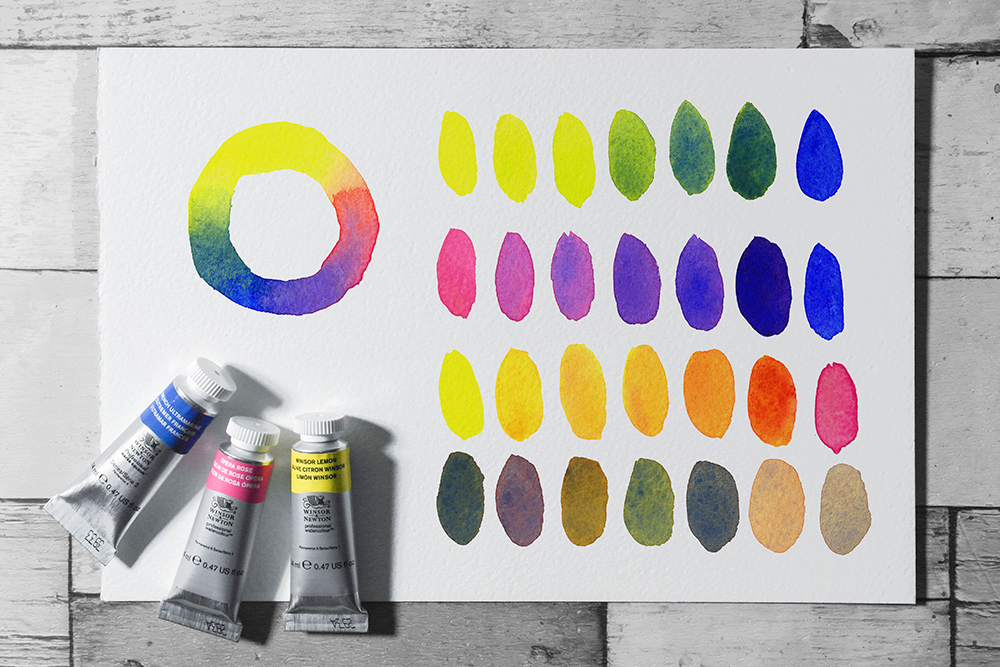
Try out mixing it with Permanent Rose or Long lasting Carmine to build radiant purples. Applying a heat yellow like Quinacridone Gold will yield some all-natural, earthy olives, whilst a vivid clear yellow (like Winsor Lemon) can build much more vibrant greens. It also can make some fantastic neutrals if you combine it with Burnt Sienna or an earthy orange.
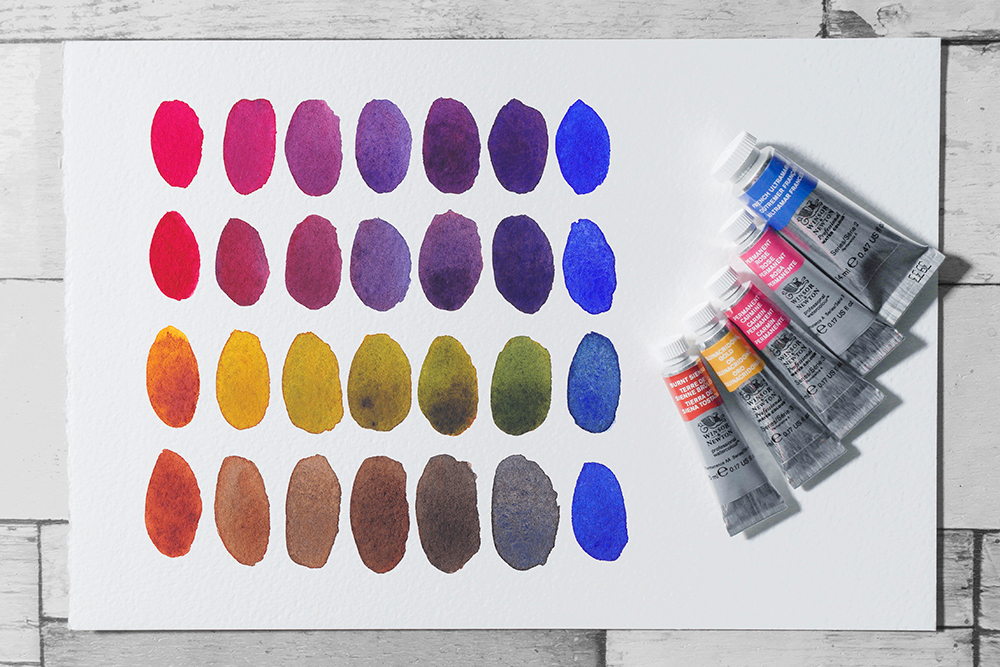
The most well-known blue on our palettes
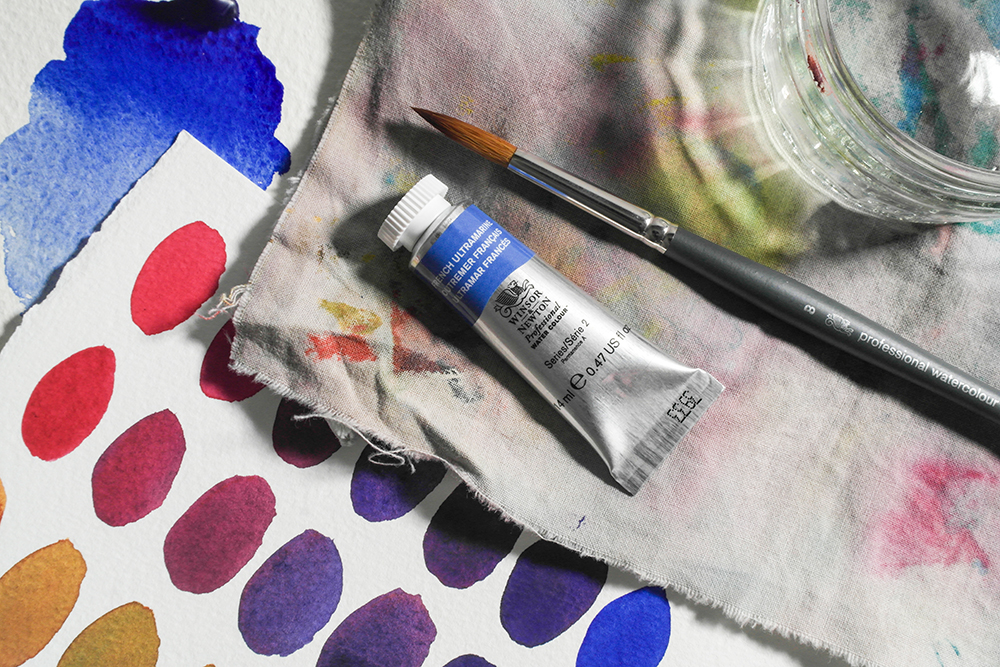
The historical past of Ultramarine is a tale of genuine enthusiasm for colour, and the extremes that individuals will go to in order to acquire it. It also highlights the wonders of contemporary chemistry. It’s indisputable that the introduction of French Ultramarine liberated several creatives, and opened up a superb colour to artists of all budgets. It is now unquestionably a precious and vital color for numerous, supplying unique working qualities and a prosperous, luminous hue.

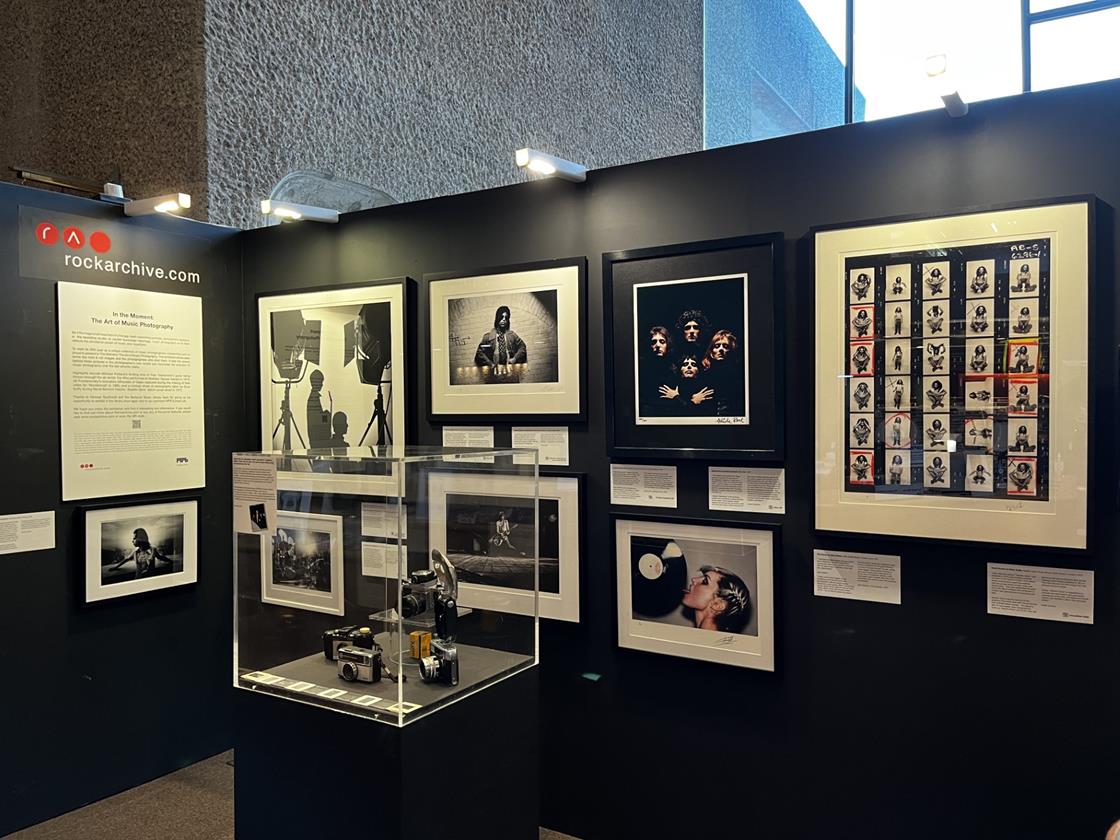

More Stories
That's a wrap for Art in Bloom 2023!
A Vortex of Hoplessness – Maniscalco Gallery
How Personal Stories and Backstories Enables Word-of-Mouth Marketing for Visual Artists